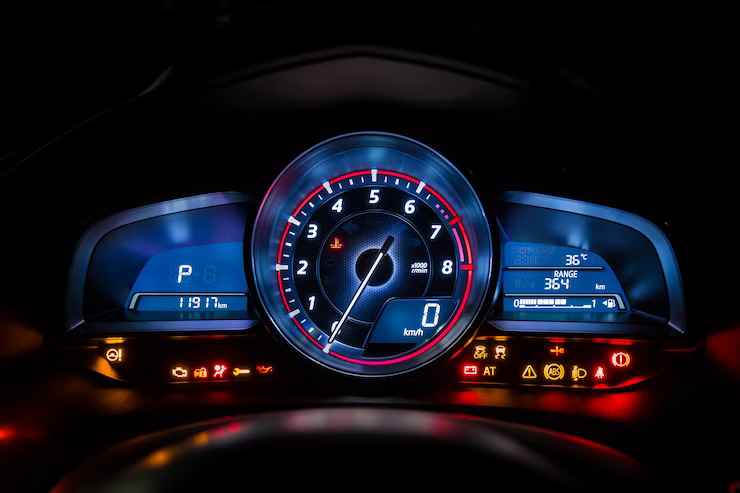The Vehicle Stability Assist (VSA) system is an essential safety feature in modern vehicles, designed to enhance stability and control during challenging driving conditions. The VSA warning light on the dashboard serves as an indicator that there may be an issue with the system. Understanding the potential causes of VSA warning lights and knowing how to diagnose and address them is crucial for maintaining optimal safety on the road. In this article, we will explore common causes of VSA warning lights and provide troubleshooting tips and solutions.
Common Causes of VSA Warning Lights:
- Wheel Speed Sensor Issues: The VSA system relies on information from the wheel speed sensors to detect and correct any loss of traction or stability. If one or more wheel speed sensors are faulty or malfunctioning, it can trigger the VSA warning light. Common causes of wheel speed sensor issues include damaged sensors, loose connections, or sensor contamination.
- ABS System Malfunction: The VSA system works in conjunction with the Anti-lock Braking System (ABS). If there is a malfunction in the ABS system, it can affect the operation of the VSA system and trigger the warning light. Issues with ABS components, such as the ABS module, hydraulic unit, or sensors, can contribute to VSA warning light activation.
- Steering Angle Sensor Problems: The steering angle sensor is responsible for detecting the position and movement of the steering wheel. If the steering angle sensor malfunctions or provides inaccurate readings, it can cause the VSA system to engage unnecessarily or fail to engage when needed, resulting in the warning light illuminating.
- Faulty Brake Light Switch: The brake light switch plays a crucial role in VSA system operation. It detects when the brake pedal is depressed and communicates this information to the VSA module. A faulty brake light switch can disrupt the communication between the brake system and VSA system, leading to the activation of the warning light.
- System Calibration Issues: In some cases, the VSA warning light may illuminate due to calibration issues within the system. This can occur when the vehicle undergoes repairs or maintenance that affects the VSA components, or when the battery is disconnected and reconnected. In such instances, the VSA system may need to be recalibrated to resolve the warning light issue.
Diagnosis and Solutions:
- Check Wheel Speed Sensors: Inspect the wheel speed sensors for any visible damage, such as broken wires or sensor contamination. Clean the sensors and ensure they are securely connected. If a sensor is faulty, it may require replacement. Consult a qualified mechanic or authorized service center for proper diagnosis and repair.
- Test the ABS System: If there is a suspected issue with the ABS system, it is important to diagnose and resolve it promptly. A diagnostic scan tool can be used to retrieve trouble codes and pinpoint the specific ABS component causing the problem. Once identified, the faulty component should be repaired or replaced as necessary.
- Evaluate the Steering Angle Sensor: If the steering angle sensor is suspected to be the cause of the VSA warning light, it may need calibration or replacement. Consult the vehicle’s manual or a professional technician for guidance on recalibrating the steering angle sensor or diagnosing and resolving any issues with it.
- Inspect the Brake Light Switch: Ensure that the brake light switch is functioning properly and communicating with the VSA module. If the switch is faulty, it may need to be replaced to restore proper operation of the VSA system.
- Recalibrate the VSA System: If the VSA warning light was triggered after repairs or maintenance, or due to a battery disconnect, recalibrating the VSA system may be necessary. This typically requires a specialized diagnostic tool or the expertise of a professional technician.
The Vehicle Stability Assist system is a vital safety feature in modern vehicles, and the warning light serves as an important indicator of potential issues. By understanding the common causes of VSA warning lights and following the troubleshooting tips provided, you can diagnose and address the problem effectively. It is crucial to consult a qualified mechanic or authorized service center for proper diagnosis and repair to ensure the continued functionality of the VSA system and maintain optimal safety on the road.











